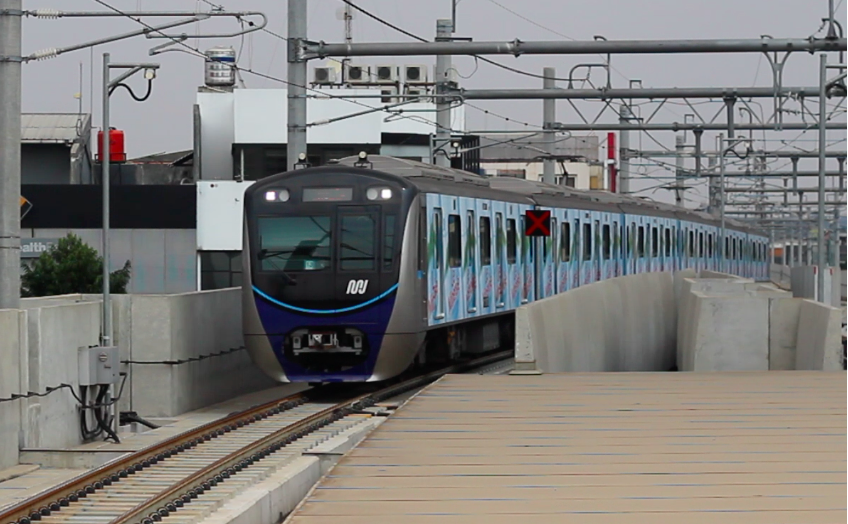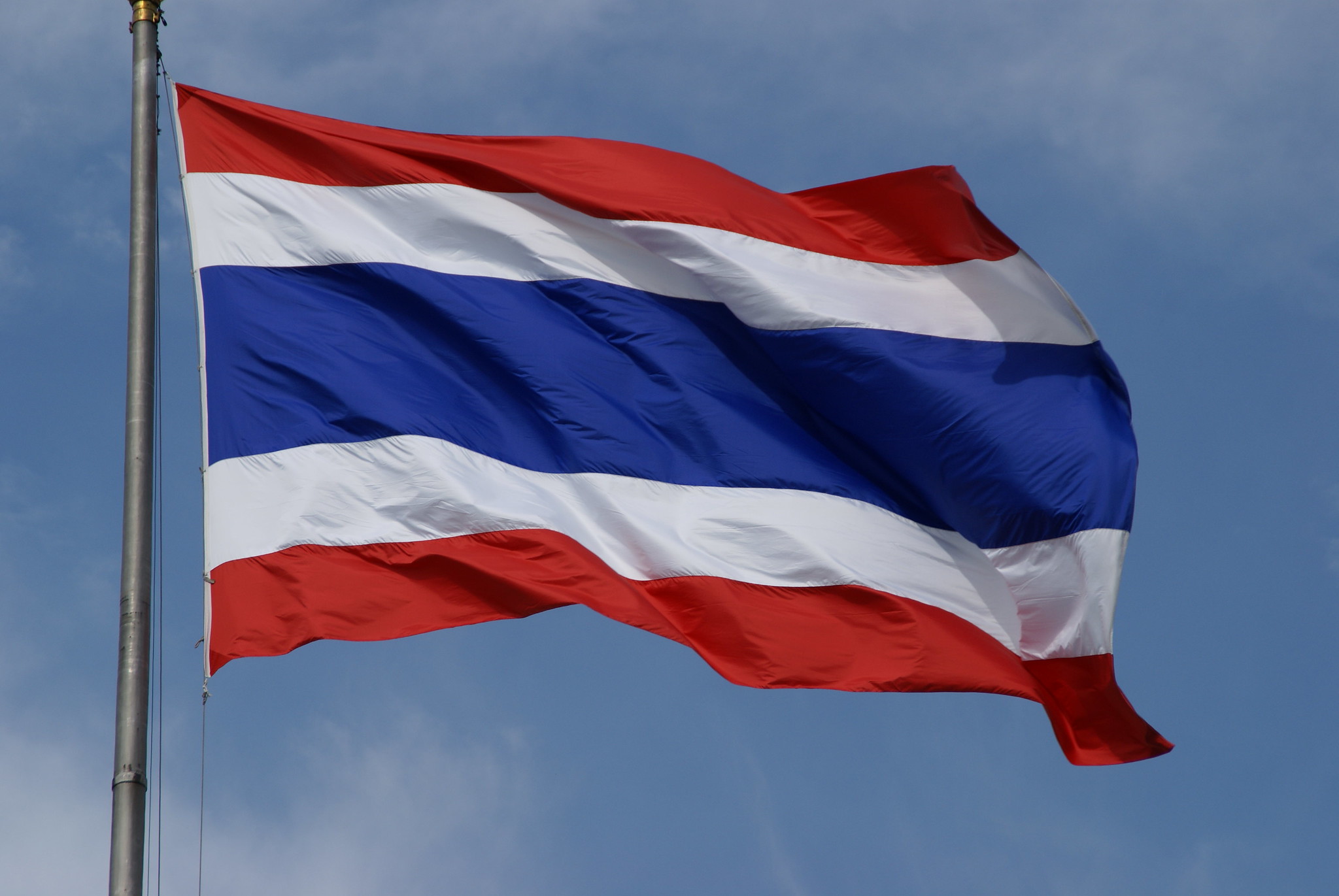Earlier this year, the government of Indonesia formally introduced the Indonesia Investment Authority (INA), which is dubbed the first-ever Sovereign Wealth Fund (SWF) in Indonesia. Although INA formation is a tad late in a trend of SWFs establishment, it appears nothing like traditional government-owned funds. It substantially marks varying statism and swift of a strategy of the government of Indonesia in sourcing capital to support development targets, i.e. from the deployment of state-owned enterprises (SOEs) to private markets, writes Raras Cahyafitri
_______________________________________________
The establishment of Indonesia Investment Authority (INA), dubbed the first-ever Sovereign Wealth Fund (SWF), by the Indonesian government follows a mandate stipulated in the 2020 Job Creation Law or the Omnibus Law, whose enactment sparked nationwide protests. A subsequent regulation, i.e., the Government Regulation No.74/2020, was passed in December 2020. The regulations provide several privileges for INA, including that it cannot be dissolved except by a law and cannot be declared in bankruptcy unless an independent insolvency test proves its incapability to pay all debts.
While there is hardly one agreed definition of what an SWF is, most scholars see it as a government-owned investment entity that uses surpluses or savings to invest in or acquire assets outside its country of origin (Chwieroth, 2014; Helleiner & Lundblad, 2008). In some cases, the SWF often carries diplomatic ends especially when an investing country faces difficulties in making a market entry to the host country (Wood & Wright, 2015). Hence, the general view omits SWFs investing only within their respective countries. Indeed, some SWFs have objectives to spur domestic growth by investing domestically. OECD categorises these SWFs as Sovereign Development Funds, while the SWF Institute calls them the Strategic Development Sovereign Wealth Fund. Still, the development SWFs have international investment portfolios. On the source of initial capital, traditional SWFs generally obtain funds from excess cash, which the governments aim to manage so that the money would not overflow and distressingly create currency appreciation that harms other economic sector, especially industries relying on export markets. This cash includes revenue from commodity exports such as oil and minerals, current account surpluses, excess foreign currency reserves, or privatisations proceedings.
Based on the definition, labelling INA as an SWF is problematic, at least for now, given its investment portfolio and the source of initial capital. According to official statements, INA expects to focus on domestic investment instead of acquiring international assets and aims to aggregate capital from domestic and foreign investors for projects developed in Indonesia. This restriction is not imposed upon by the regulations, which technically allow INA to invest in assets established in other countries. INA targets especially three types of investors, i.e., SWFs of other countries, pension funds, and private equity firms (Putra, 2021). On the source of initial capital, INA receives capital injection amounting to Rp 75 trillion (US$5 billion), which consists of Rp 15 trillion (around US$1 billion) in cash and the remaining in assets such as state assets, shares in SOEs, or other sources of the government. It is unclear whether the cash injection essentially draws from excess money, for example, from an unabsorbed budget. The certain thing is that the country no longer enjoys the rush of oil money as its big oil reserves have been depleted, the trade is frequently in deficit, and foreign exchange reserves fluctuate partly due to debt payment (Ministry of Finance, 2021), while privatisation is barely an option for public outcries.

It is probably better to observe INA as a fusion of an SWF and practices of a private equity (PE) firm. At the time of this blog writing, INA is yet to launch any funds that would better showcase how it works. Undoubtedly, however, INA is anything but invests passively like most SWFs. According to its website, INA would offer co-invest schemes to investors interested in injecting money into its funds or ventures. This approach will be INA’s distinctiveness as most SWFs would entrust their money to private equity funds rather than become one of the PE firms that manage the collected investment. The mixed practise is not necessarily a new idea, as many SWFs have started to abandon the idea of letting PE firms be fully in charge of their funds’ management (Bortolotti & Scortecci, 2019). Yet, in its co-investment model, INA is the one that initiates and manages the pool of investment. Moreover, INA will have an exit plan once it gains yields or fulfil profit targets, resembling PE firms’ withdrawal from a company. Upon business target fulfilment, INA’s established funds would sell the previously acquired assets and divide the sale proceeding with its limited partners.
With all things considered, INA’s operation denotes that Indonesia has embraced further incorporation in the global market. With INA’s operation, the government would no longer rely on rents, grants, loans, or SOEs to accumulate capital for development projects. In the past years, SOEs have been the government’s key instrument to push development by either carrying projects financed through corporate loans or providing cash flow. SOEs are considered to remain as cash sources through, for example, payment of dividends whose ratio can reach 50% of the net profits, especially for SOEs in the banking sector (Septiadi, 2020). In 2014, the government decided to launch an overhaul of fuel subsidy to expand the fiscal room. The overhaul managed to clear some allocation for the infrastructure sector.
Indonesia’s deeper integration into the global market also displays another shift in state-private sector relations. Indonesia has in fact welcomed private and foreign investments since the 1960s when it struggled to rebuild the post-independence economy. The public-private partnership (PPP) scheme has been used since the early 2000s to accelerate national projects. The previous arrangements often carried obligations, such as paying debts along with interests. Through INA, the investments would carry yields instead of interests. In this way, INA’s operation would enable the government to keep public debts off the book.
INA’s operation also marks varying statism in terms of diminishing and increasing state influence on non-state actors. On the one hand, private investors’ participation in INA, which has an eye for domestic projects, means that the government indirectly lets the private sectors exercise the state functions to provide public services. As stated on its website, INA will ‘co-invest with the same terms as the other investors’ (INA, 2021). As a signatory of the Santiago Principles, INA is required to ensure that its investment decisions will be based on economic and financial considerations instead of political motives (IFSWF, n.d.). Thus, INA will need to serve its private investors’ interests that may wind down politically-driven state interests. In this way, to a certain extent, private sectors would be able to moderate state influence. On the other hand, INA’s operation would make the state an actor in capital mobility that can also direct the funds to sectors that support the national interests. INA’s domestic focus is a key feature that makes possible such influence. It is worth noting that the funds offered by INA would invest in projects that receive government supports, including special tax treatment, regulation, and permit issuance (INA 2021).
All in all, the dynamics of state-market relations after INA’s establishment should be an interesting topic for further observation and research. In addition, it is also interesting to look at how varying statism following INA’s operation subsists in a country that has a thriving democracy yet remains struggling with transparency and accountability issues.
References:
Bortolotti, B. & Scortecci, A. (2019). Sovereign Wealth Funds’ New Approach to Private Markets. IFSWF Annual Review 2019. Retrieved from https://ifswfreview.org/2018/our-partners/sovereign-wealth-funds-new-approach-private-markets#
Chwieroth, Jeffrey M. (2014). Fashions and Fads in Finance: The Political Foundations of Sovereign Wealth Fund Creation. International Studies Quarterly, 58(4), 752-763. URL: https://www.jstor.org/stable/43868823
Glanfrate, G., & Merlin, E. (2016). Who Is the Sovereign among Sovereign Wealth Funds? A Network Analysis of Co-Investments. The Journal of Private Equity, 19(4), 7-18. URL: http://www.jstor.org/stable/44396801
Helleiner, Eric & Lundblad, Troy. (2008). States, Markets, and Sovereign Wealth Funds. German Policy Studies, 4(3), 59-82. Retrieved from http://www.epa-journal.eu/download/4.-states-markets-and-sovereign-wealth-funds.pdf
Indonesia Investment Authority (INA). (2021). Why INA is the Right Investment Partner. Retrieved from https://www.ina.go.id/why-ina
International Forum of Sovereign Wealth Fund (IFSWF). (n.d.). Santiago Principles. Retrieved from https://www.ifswf.org/santiago-principles-landing/santiago-principles
Ministry of Finance of the Republic of Indonesia. (2021). Indonesia’s Foreign Exchange Reserves March 2021 USD137.1 Billion. Publications. Retrieved from https://www.kemenkeu.go.id/en/publications/news/indonesias-foreign-exchange-reserves-march-2021-usd1371-billion/
Putra, Dwi Aditya. (2021). 3 Target Investor yang Diincar SWF Indonesia. Liputan6. Retrieved from. https://www.liputan6.com/bisnis/read/4473907/3-target-investor-yang-diincar-swf-indonesia
Septiadi, Anggar. (2020). Kementerian BUMN Bakal Pangkas Rasio Pembayaran Dividen BNI dan BTN, Kenapa? Kontan. Retrieved from https://keuangan.kontan.co.id/news/kementerian-bumn-bakal-pangkas-rasio-pembayaran-dividen-bni-dan-btn-kenapa
Wood, Geoffrey & Wright, Mike. (2015). Corporations and New Statism: Trends and Research Priorities. Academy of Management Perspective, 29 (2), 271-286. Retrieved from https://www.jstor.org/stable/43822388
*The cover image is by MayoFi on Unsplash.
* The views expressed in the blog are those of the authors alone. They do not reflect the position of the Saw Swee Hock Southeast Asia Centre, nor that of the London School of Economics and Political Science.





